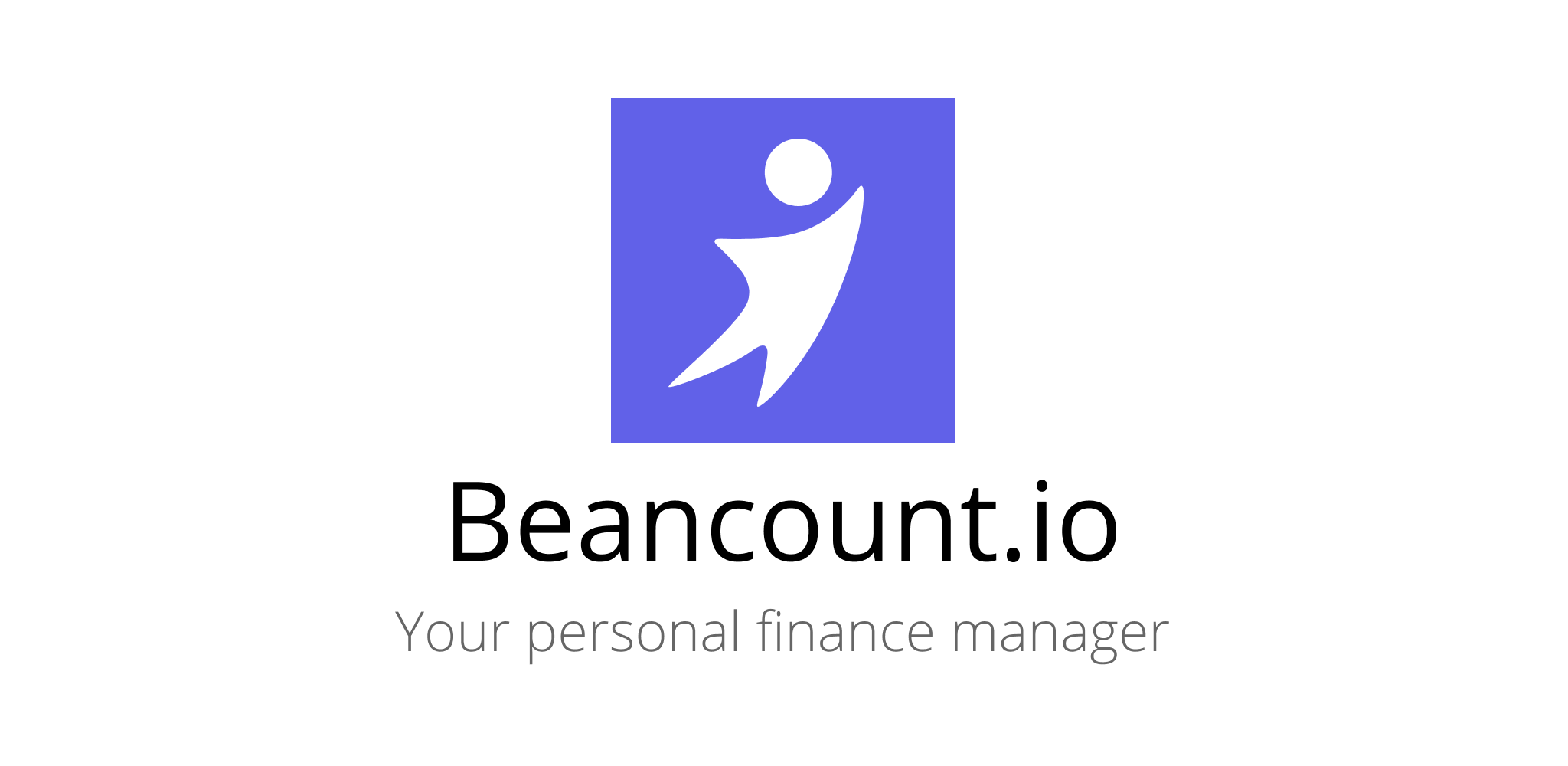Beancount 纯文本记账的魔力
探索 Beancount 纯文本记账的魔力

引言
欢迎来到一个记账不再是艰巨任务的世界。今天,我们向你介绍 Beancount,一个强大、灵活且直观的纯文本记账工具。Beancount 通过提供透明、直接的资金管理方法,让你能够掌控自己的财务。
在这份全面的指南中,我们将深入探讨 Beancount 的基础知识,解释其核心概念,并引导你了解其简单而强大的功能。阅读完这篇博客,你将对 Beancount 有扎实的理解,并准备好开始使用它来整理和分析你的财务生活。
什么是 Beancount?
Beancount 是由 Martin Blais 创建的一个开源纯文本记账系统。受 John Wiegley 的 Ledger 系统启发,Beancount 旨在提供一种强大可靠的方法,使用纯文本文件管理个人和小型企业的财务。通过 Beancount,你可以轻松追踪你的收入、支出、投资等等。
为什么选择 Beancount?
纯文本记账相比传统的基于电子表格或软件的记账系统具有多项优势:
- 透明度:Beancount 文件是人类可读的,这使得理解和审计你的财务数据变得容易。
- 灵活性:Beancount 可以轻松定制以满足你的特定需求,你可以使用你喜欢的文本编辑器和版本控制系统来管理你的财务数据。
- 便携性:你的财务数据可以在任何设备上访问,并且易于在系统之间传输或与他人共享。
- 面向未来:纯文本文件具有通用兼容性,确保你的财务数据即使随着技术发展也能保持可访问性。
Beancount 的核心概念
要有效使用 Beancount,理解其核心概念至关重要:
- 交易:财务事件,例如收入、支出或账户之间的转账,都记录为交易。
- 账户:交易涉及一个或多个账户,例如资产、负债、收入或支出。
- 复式记账:Beancount 强制执行复式记账,确保每笔交易都有平衡的借方和贷方。
- 指令:Beancount 使用一组指令来定义交易、账户开立和其他财务事件。
Beancount 入门
要开始使用 Beancount,请遵循以下简单步骤:
- 安装 Beancount:根据你操作系统的安装说明,在你的系统上安装 Beancount。
- 创建你的 Beancount 文件:创建一个新的纯文本文件,扩展名为 .beancount(例如,my_finances.beancount)。
- 定义你的账户:使用 "open" 指令定义你将在交易中使用的账户。
- 记录交易:使用 "txn" 指令记录你的财务交易。
或者直接在 https://beancount.io 注册。以下是一些纯文本记账示例 -
示例 1:基本交易
2023-04-01 open Assets:Checking
2023-04-01 open Expenses:Groceries
2023-04-10 txn "Grocery Store" "Buying groceries"
Assets:Checking -50.00 USD
Expenses:Groceries 50.00 USD
在此示例中,我们开立了两个账户:Assets:Checking(资产:活期账户)和 Expenses:Groceries(支出:食品杂货)。2023 年 4 月 10 日,我们记录了一笔价值 50 美元的购买食品杂货的交易。该交易使 Assets:Checking 的余额减少 50 美元(借方),并使 Expenses:Groceries 的余额增加 50 ��美元(贷方)。
示例 2:收入和支出交易
2023-04-01 open Assets:Checking
2023-04-01 open Income:Salary
2023-04-01 open Expenses:Rent
2023-04-05 txn "Employer" "Salary payment"
Assets:Checking 2000.00 USD
Income:Salary -2000.00 USD
2023-04-06 txn "Landlord" "Monthly rent payment"
Assets:Checking -1000.00 USD
Expenses:Rent 1000.00 USD
在此示例中,我们开立了三个账户:Assets:Checking(资产:活期账户)、Income:Salary(收入:工资)和 Expenses:Rent(支出:租金)。2023 年 4 月 5 日,我们记录了一笔 2000 美元的工资支付交易。该交易使 Assets:Checking 的余额增加 2000 美元(贷方),并使 Income:Salary 的余额减少 2000 美元(借方)。2023 年 4 月 6 日,我们记录了一笔 1000 美元的月租支付交易。该交易使 Assets:Checking 的余额减少 1000 美元(借方),并使 Expenses:Rent 的余额增加 1000 美元(贷方)。
示例 3:账户间转账
2023-04-01 open Assets:Checking
2023-04-01 open Assets:Savings
2023-04-15 txn "Bank" "Transfer from Checking to Savings"
Assets:Checking -500.00 USD
Assets:Savings 500.00 USD
在此示例中,我们开立了两个账户:Assets:Checking(资产:活期账户)和 Assets:Savings(资产:储蓄账户)。2023 年 4 月 15 日,我们记录了一笔从活期账户向储蓄账户转账 500 美元的交易。该交易使 Assets:Checking 的余额减少 500 美元(借方),并使 Assets:Savings 的余额增加 500 美元(贷方)。
这些示例说明了 Beancount 复式记账系统的基本概念。通过正确记录交易,用户可以维护其财务活动的准确记录,并生成报告以深入了解其财务状况。
生成报告和分析数据
Beancount 附带了一套强大的工具,用于生成财务报告,包括资产负债表、利润表等。你还可以使用 Fava(一个基于 Web 的 Beancount 用户界面)来可视化和交互你的财务数据。https://beancount.io 是基于 MIT 许可证的 Fava 构建的。
结论
拥抱 Beancount 纯文本记账的强大和简洁。通过理解其核心概念并遵循本指南中概述的步骤,你将能够轻松精确地管理你的个人或小型企业财务。随着你对 Beancount 越来越熟悉,你可以探索高级功能和自定义设置,以根据你的独特需求调整系统。
无论你是想追踪支出、规划未来,还是深入了解你的财务习惯,Beancount 都提供了实现目标所需的灵活性和透明度。凭借其用户友好的方法,Beancount 有潜力彻底改变你管理财务的方式,并赋能你掌控自己的财务未来。
现在你已经对 Beancount 有了坚实的基础,是时候开始你的纯文本记账之旅了。告别繁琐的电子表格和复杂的软件,欢迎来到 Beancount 的世界。祝你记账愉快!